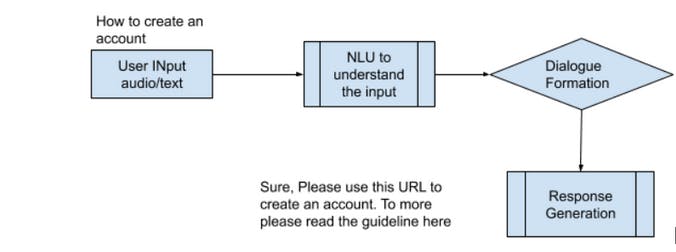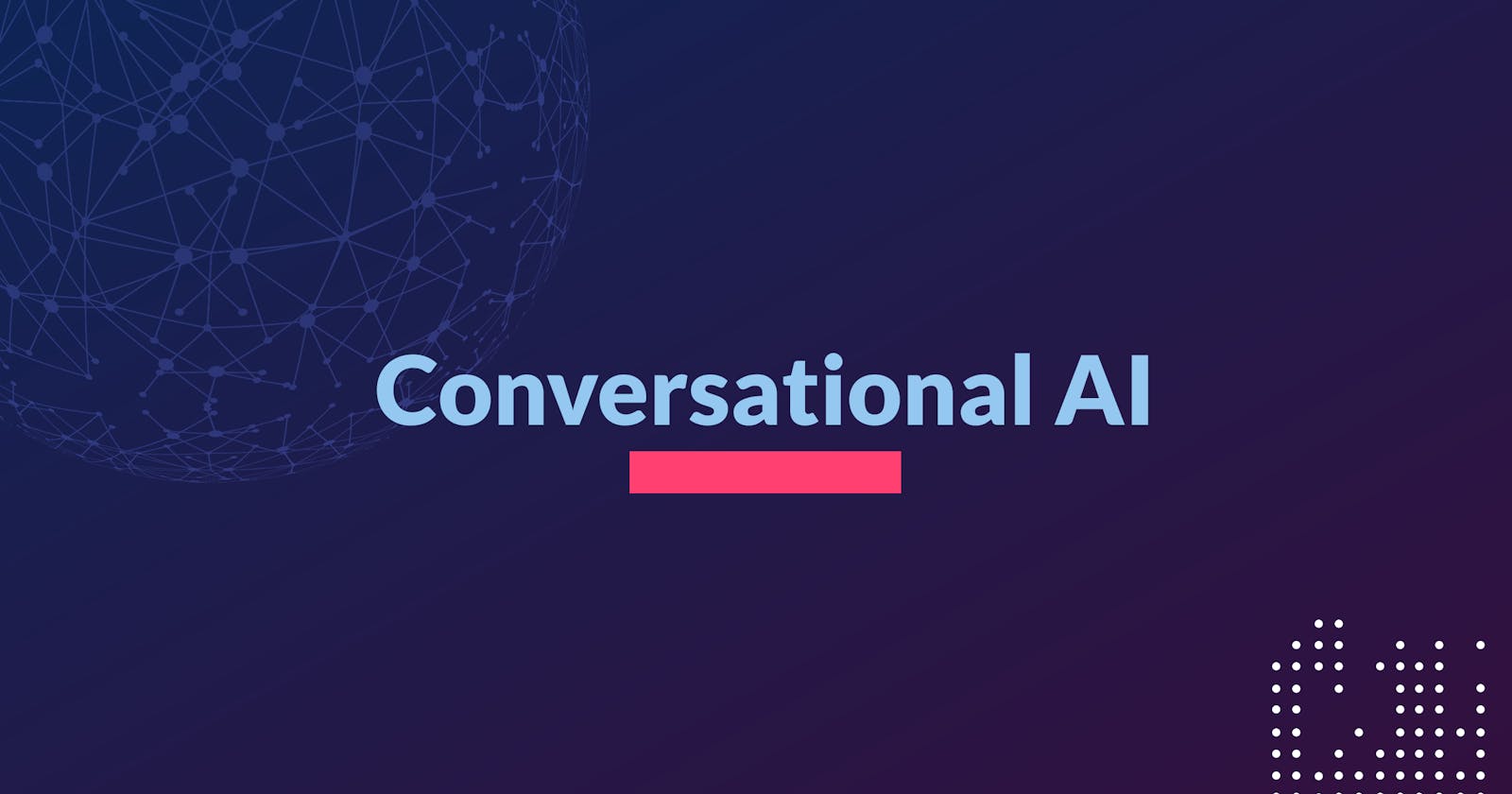Overview of what is Conversational AI
The conversational agent’s journey started with text-based “chatbots”, earlier built to be indistinguishable from a human. The first-ever chatbot created was ELIZA in 1966 to mimic a text-based conversation to test theories of psychological counseling.
A recent study says there has been an increase in the demand for conversational agents in various industries such as traveling, e-commerce, food-tech, and Fintech. Advances in natural language processing, voice recognition, and artificial intelligence have led to increased use of conversational agents. Conversational agents are reshaping the way of communication and are restricted to simple stand-alone commands. With the increase in popularity of CA’s, researchers have done various experimental studies with chatbots in different areas of communication. The modern conversational agents are highly specialized to virtually chat anything with a user. The open-domain chatbots often don’t make sense, they give answers that are not specific to the current context. They make decisions and solve various problems for businesses and targeted audiences.
Why Conversational AI is being used?
There are so many companies around chatbot where they are trying to solve either generic or niche problems. But on the other side buyers of conversational AI are subscribing to solve at least below mentioned pain points.
End-User support - The increased demand for customer service has prompted responsive chatbots to provide customers with an interactive experience to escalate issues on time. They can do more than customer service and also generate qualified leads.
Fast response and engagement - Chatbots are designed to handle thousands of customers and multiple conversations at the same time. They are enabled to answer them immediately, regardless of time and day. They help you collect leads and customer information interactively. They also collect customer feedback and measures their experiences
Business Automation - Chatbots are a key part of providing automated repetitive business processes. They can help to locate customer's service points, generate sales, information on production, FAQs, reservation of tickets and restaurants, etc.
Cost Optimization - The investment in chatbot might seem huge, but they save money for the long run. They help in your business growth by reducing the cost incurred in customer service. They handle thousands of queries and respond to customers instantly.
How does Conversation AI work?
Conversation AI engages through dialogue management using Natural Processing Language where the input of the end-user can be a text message or audio message. So the first task of AI is to understand the context of the input received from the user. Once the input has been consumed the AI should understand all grammars, shortcuts, sentences not just only the keywords by using the sophisticated Natural Processing Understanding. AI should have capabilities to learn over time and react like humans, not just works on rules or keywords or phrases.

Does Conversational AI fail?
The biggest failure has been seen when a Conversational AI starts acting like a chatbot or starts a loop that never ends. Despite being conspicuous in the tech industry chatbots have failed initially either with a poor conversation design, lack of follow-up procedures, high-expectations, and lack of analytics.
Poor Conversation Design - The bots work on a decision logic tree designed to respond to the keywords users enter. Customers will always expect you to answer all of their queries. A chatbot with limited conversational skills will end up annoying a lot of potential customers. The key to avoiding these issues is by building a user-friendly with a pre-built content in industry-specific intent in a region to develop and maintain easy conversational flow.
Lack of Analytics- User behavior is unpredictable. No testing will help you learn how your chatbot will be used in the real world. One needs to do continuous improvements and have a keen eye on conversations on how the bot behaves with a user.
Failure to Define the Chatbot Personality- The combination of qualities, behavior, and characteristics plays an important role in how users perceive conversational agents. If they are only limited to answer FAQ's then the user determines whether to interact with the chatbot or not. The personality of a misaligned or a generic chatbot shows the effects on user experience and perception of other personality aspects of the bot.
